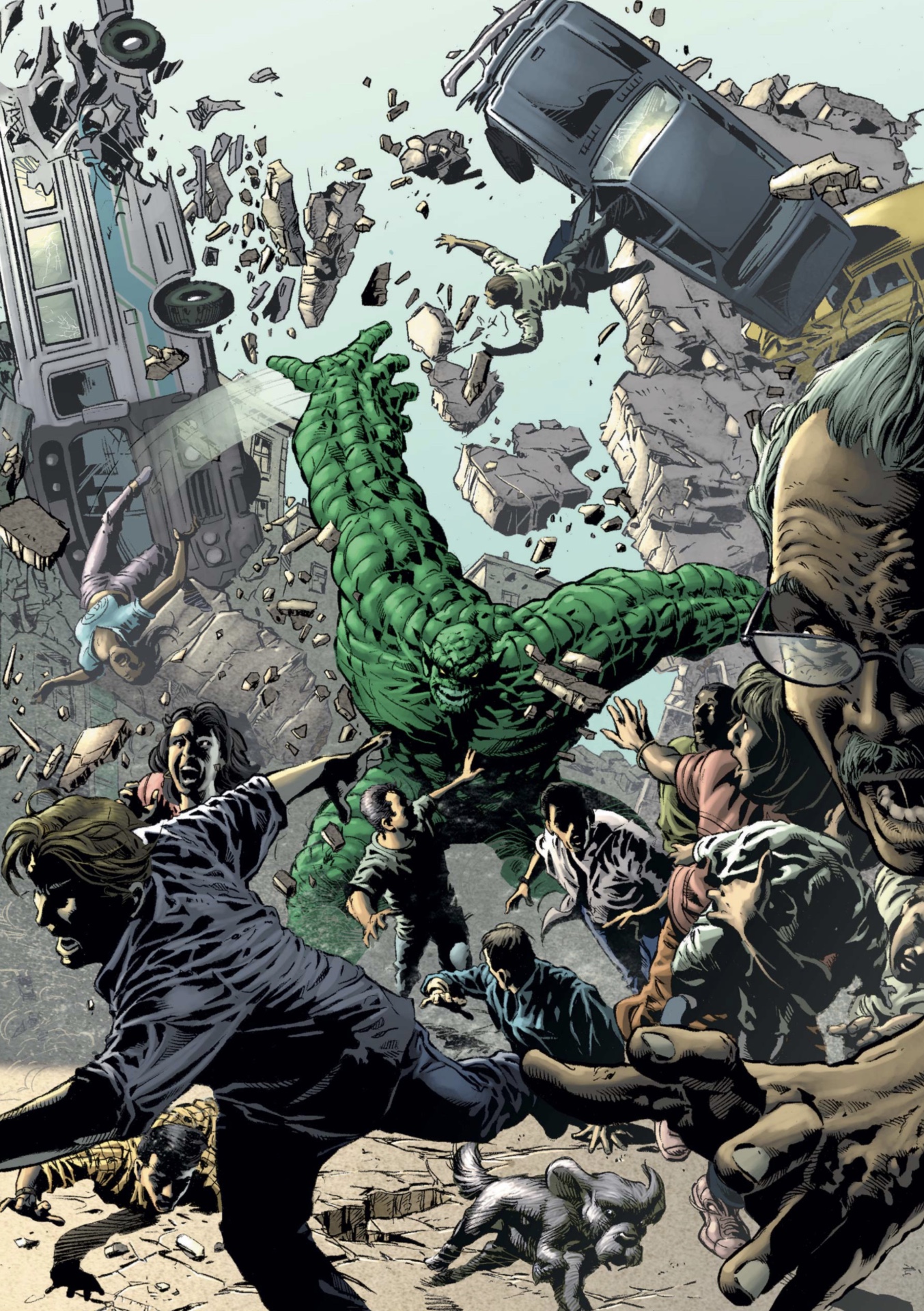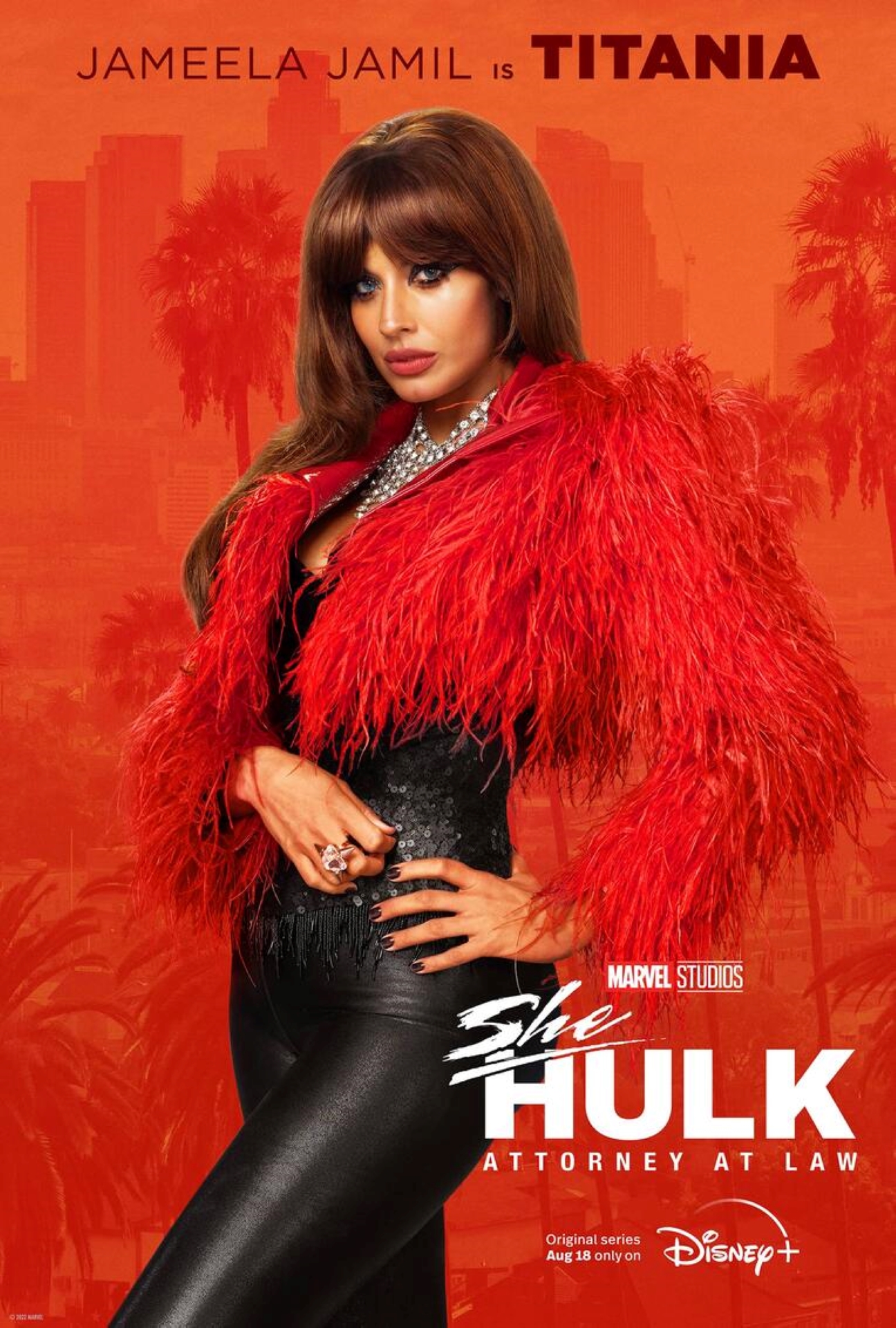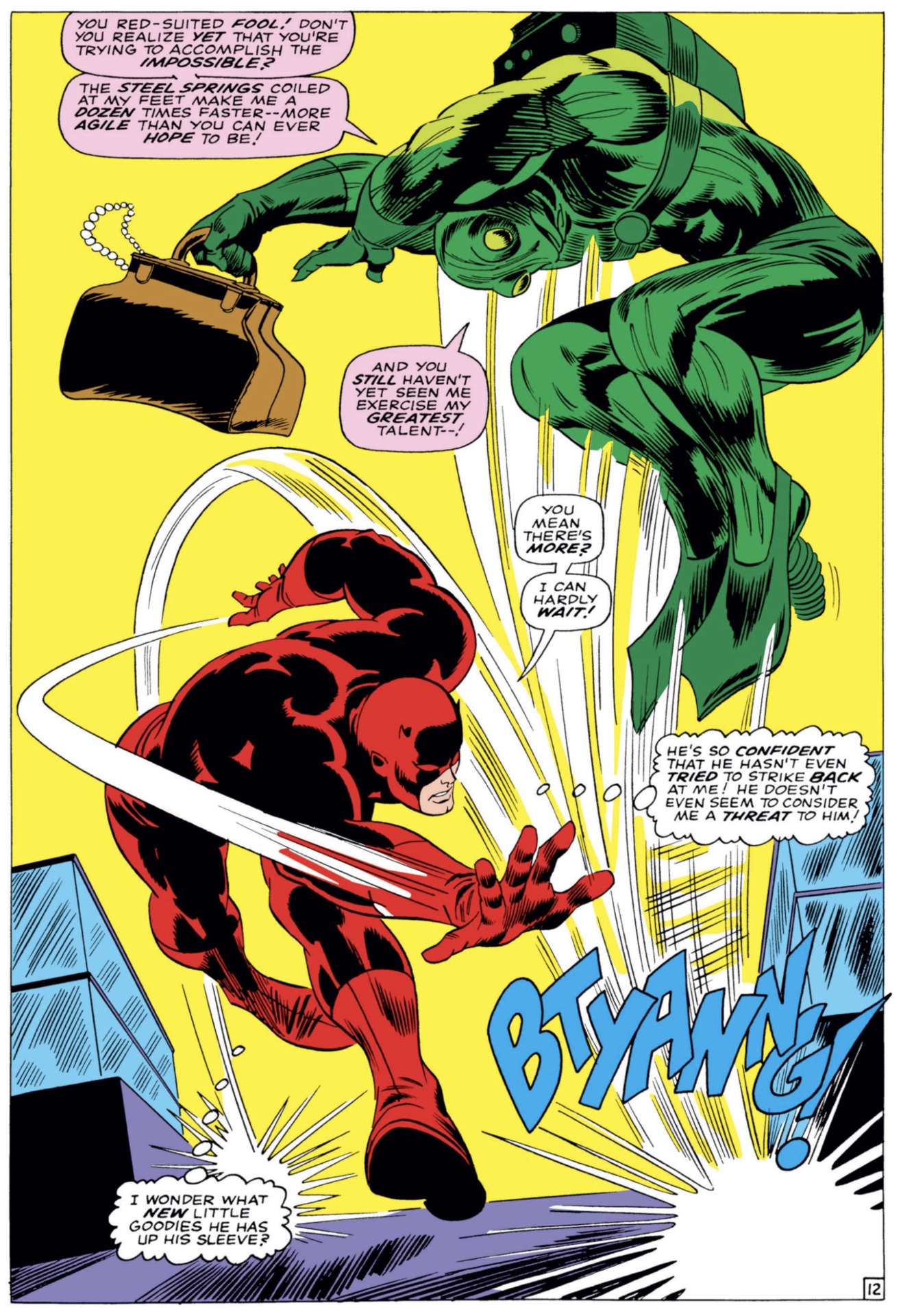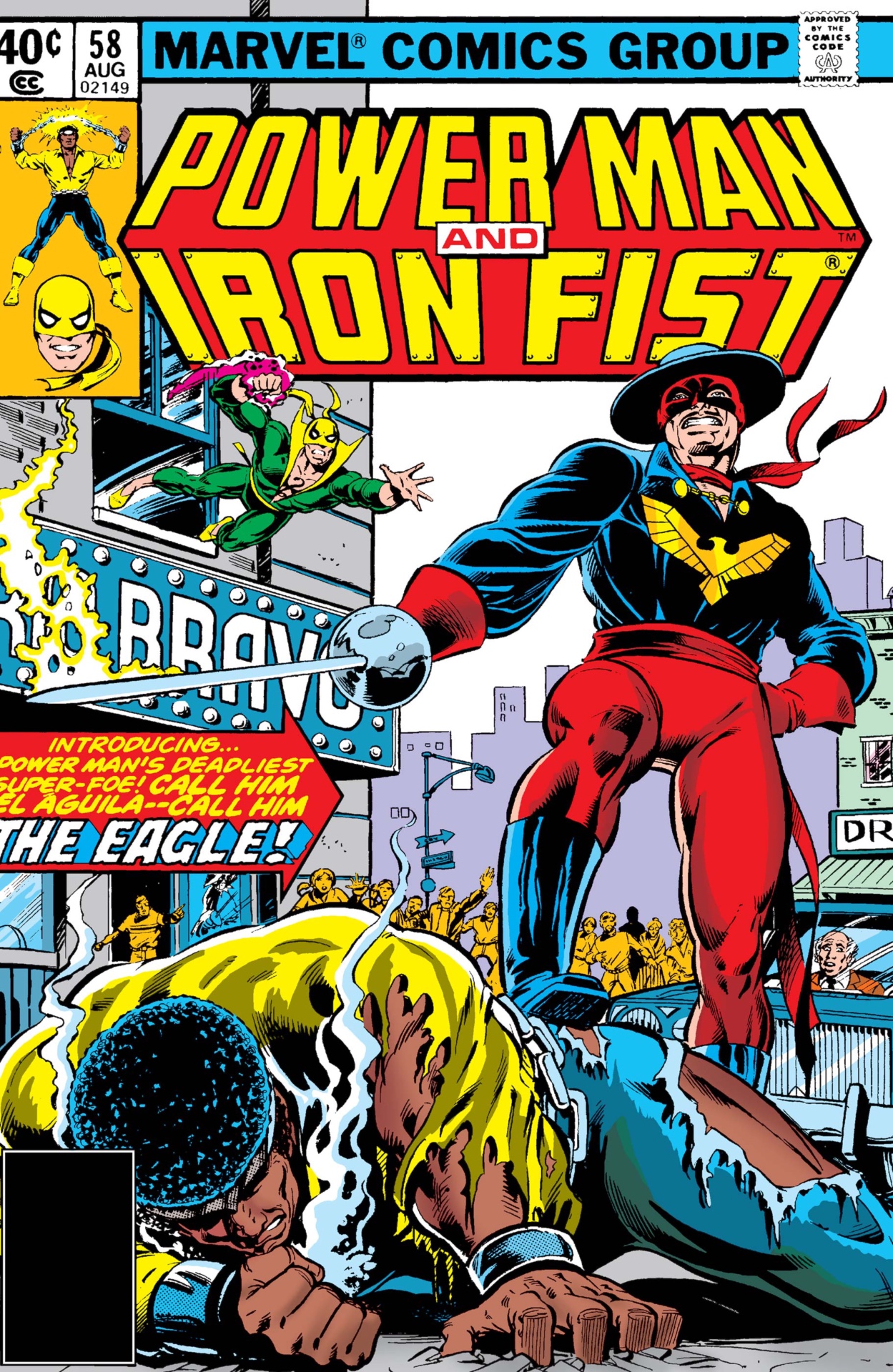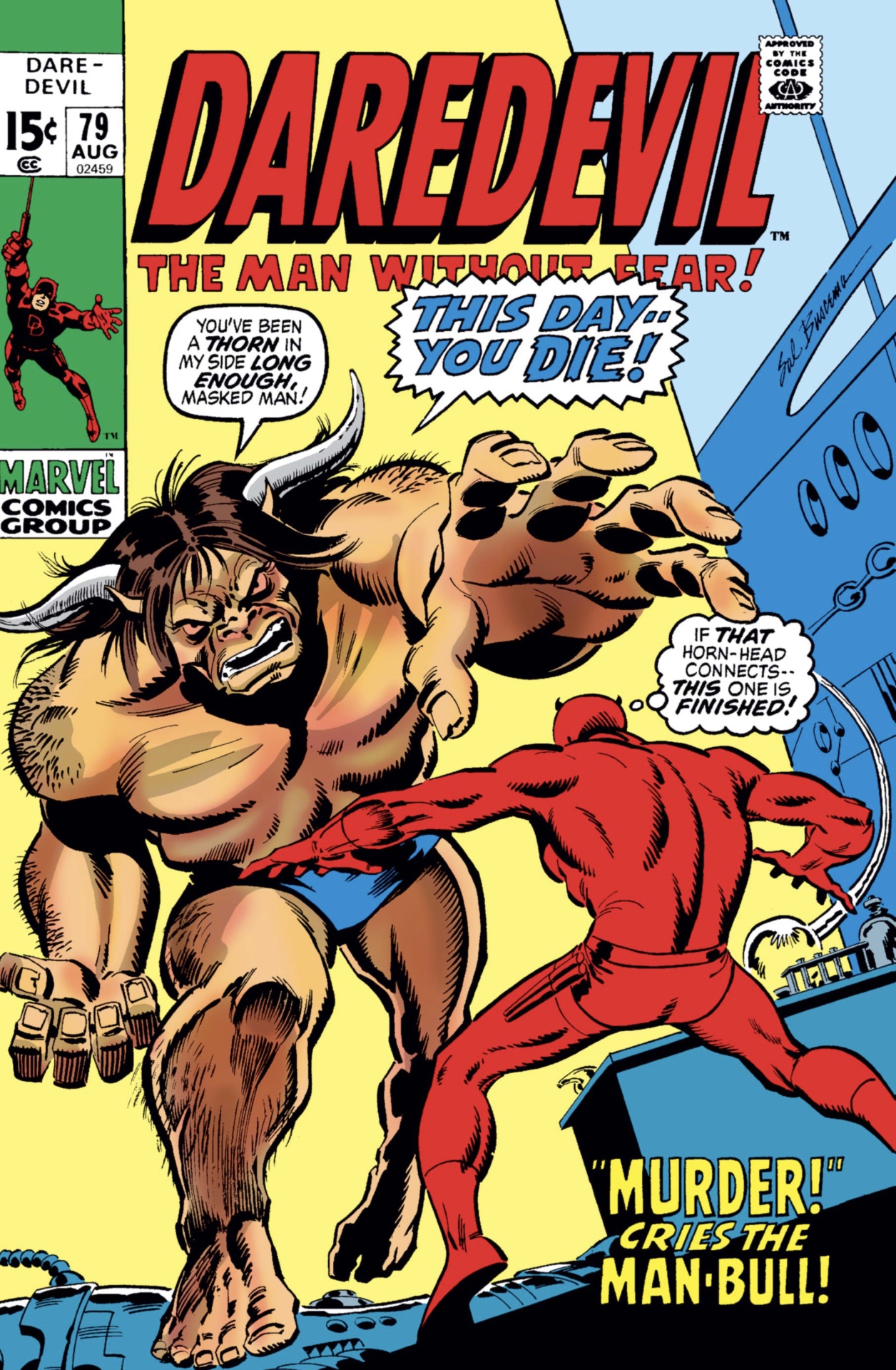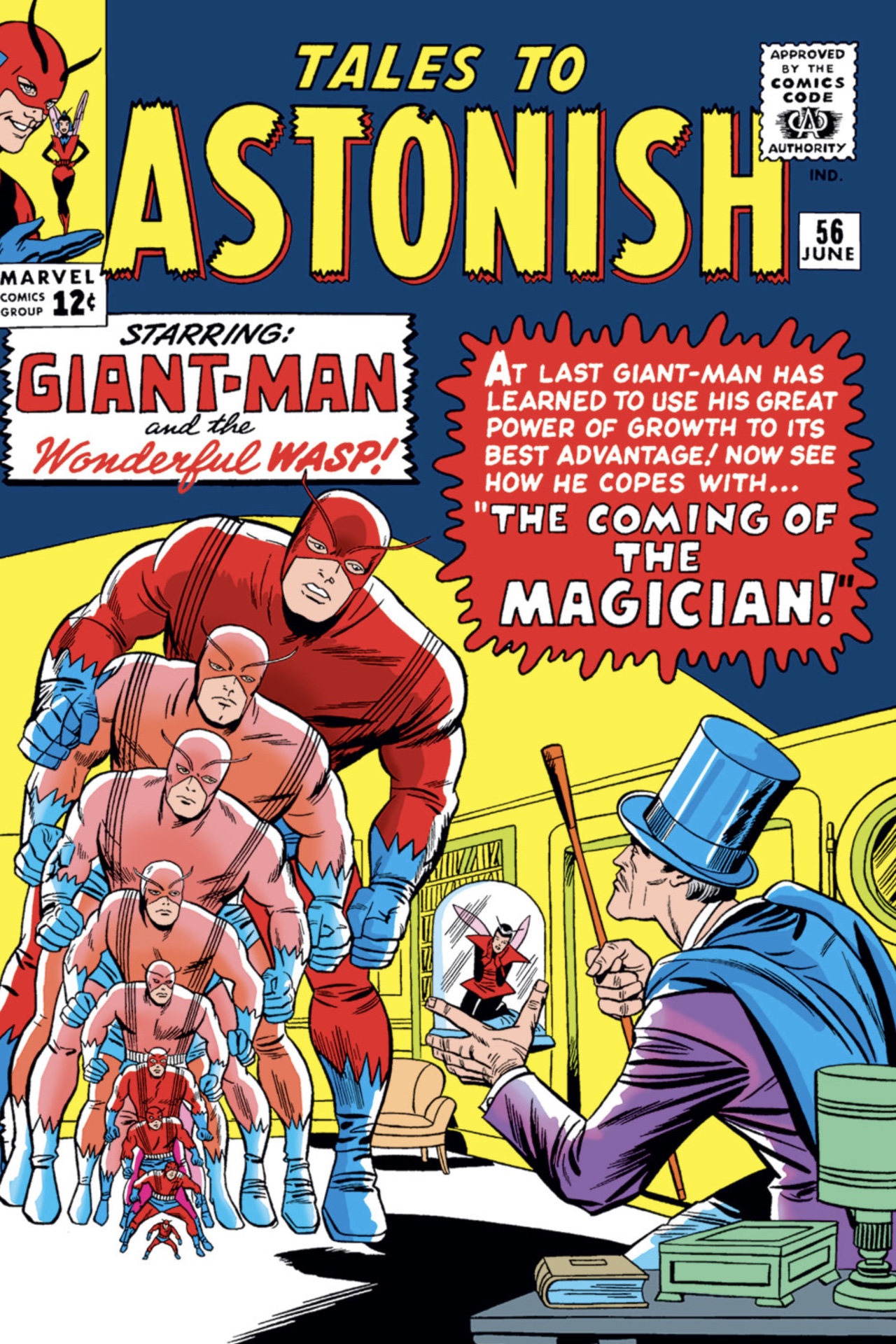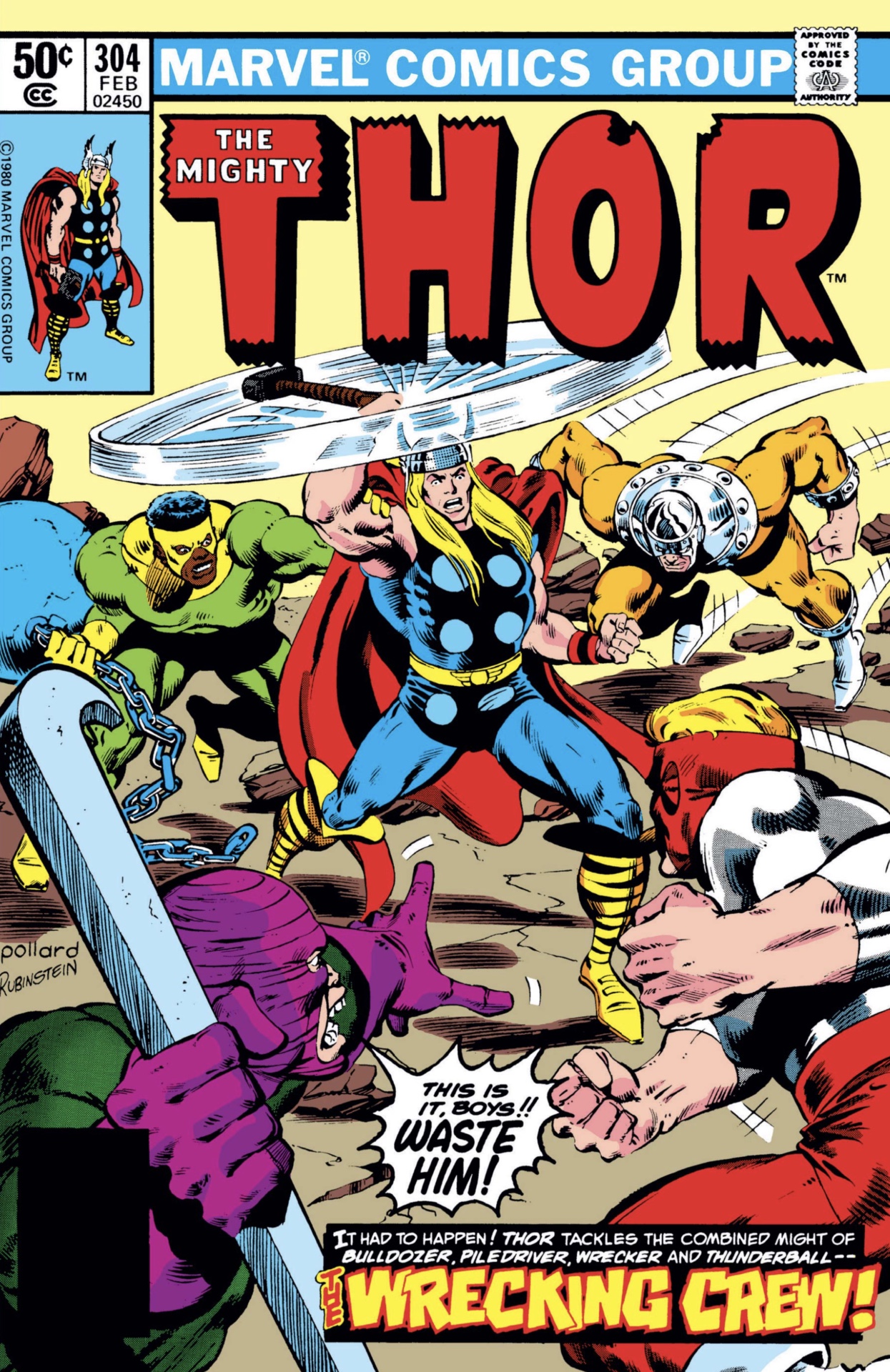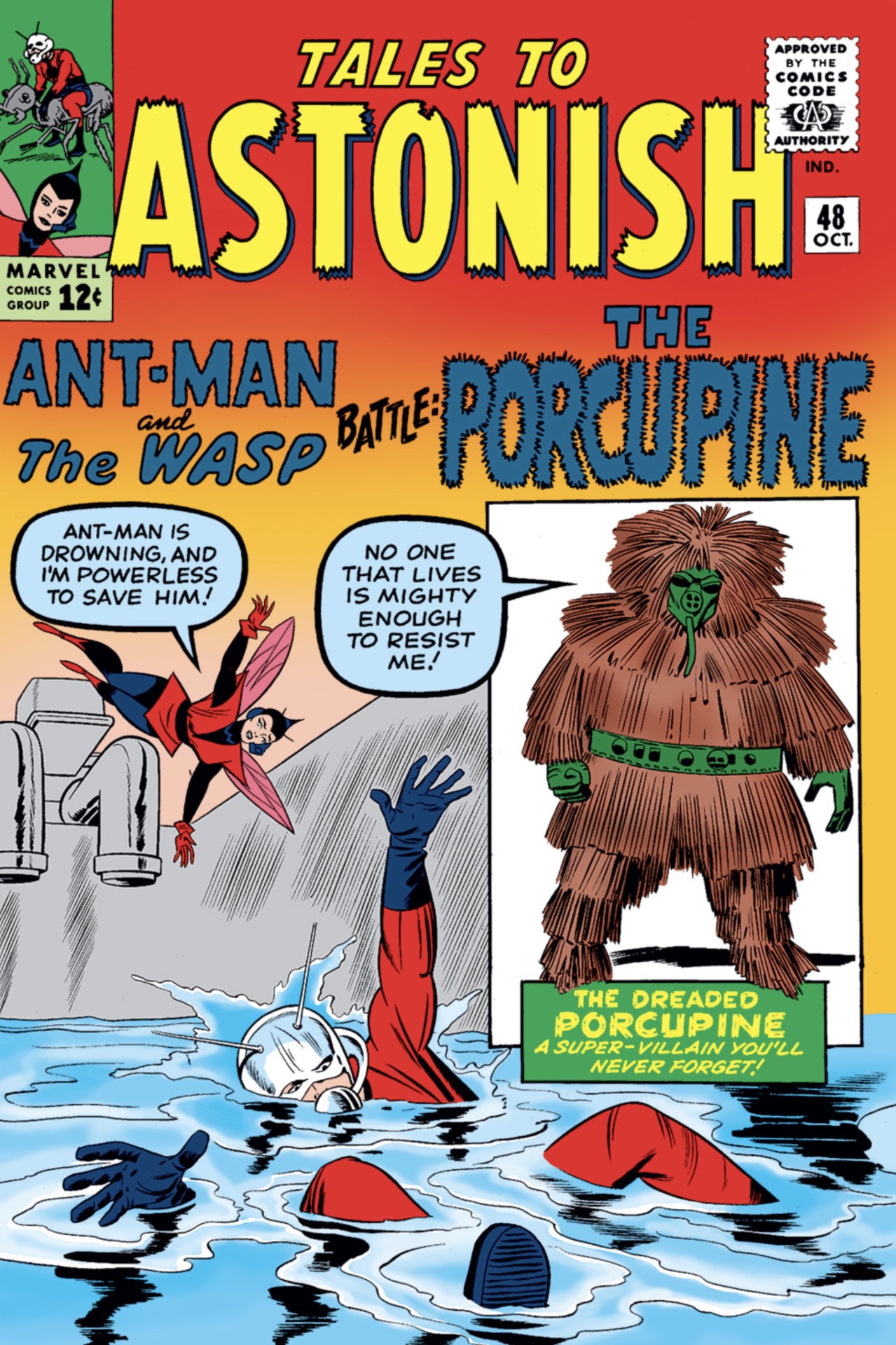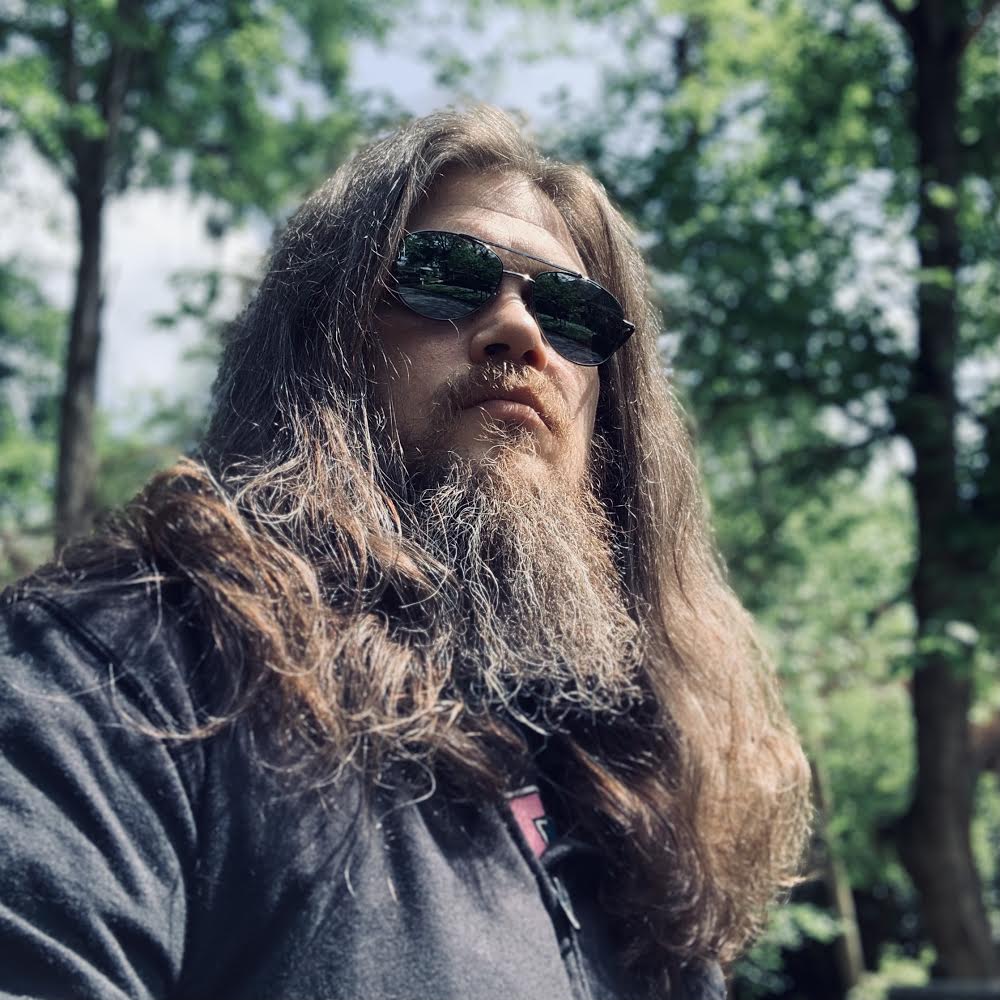Mutants, vampires, and more: Meet all of She-Hulk's obscure Marvel villains
The Disney Plus She-Hulk series is assembling an entire crew of obscure supervillains
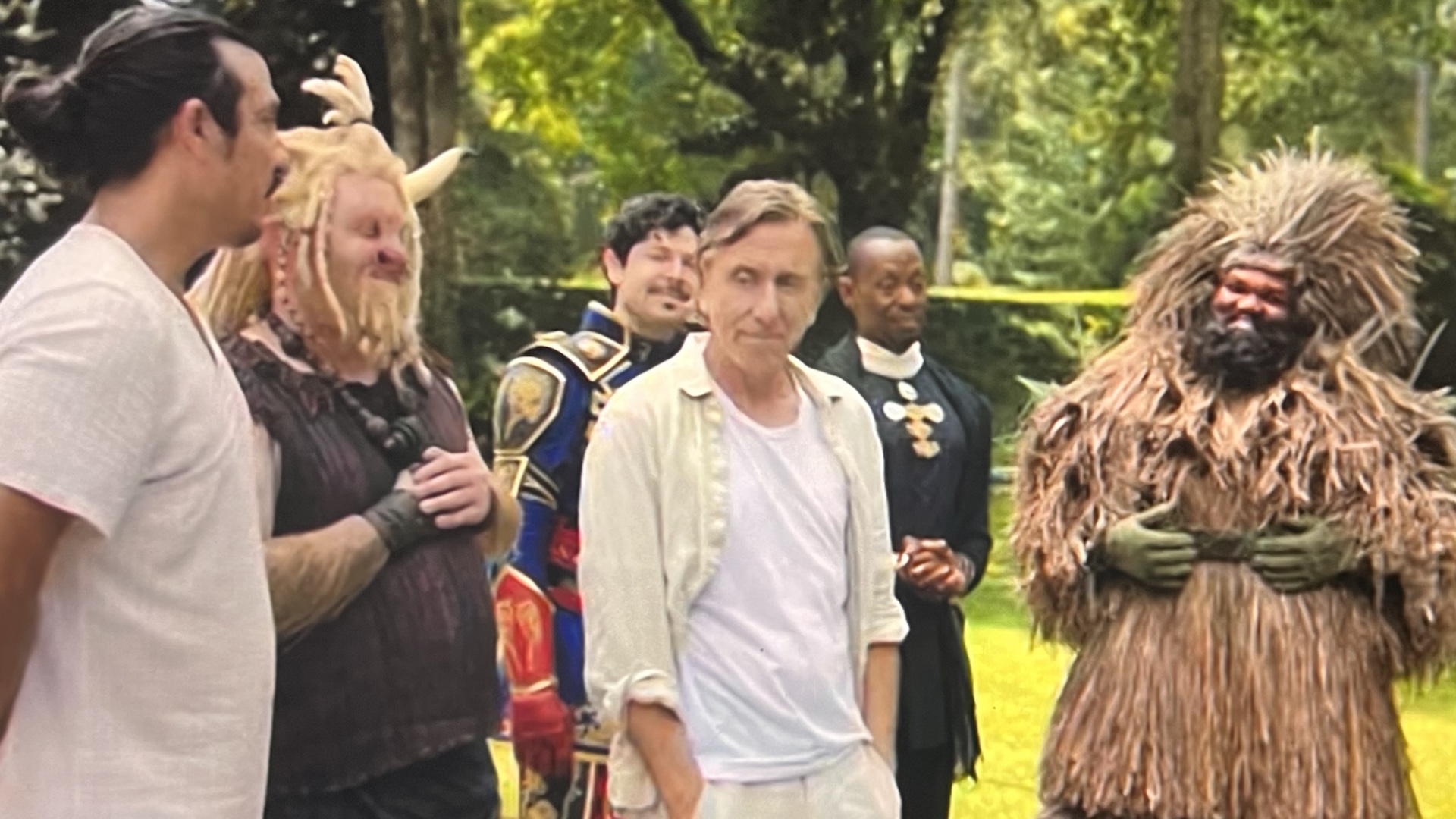
She-Hulk is now seven episodes into her own Disney Plus streaming series. And the latest episode brings in many of the C and D-list Marvel Comics villains seen in previous trailers for the show as part of a supervillain support group led by the Abomination.
With a cast of characters including Titania, Abomination, Man-Bull, El Aguila, the Magician, the Wrecking Crew, and more obscure characters, here's everything you need to know about who these villains are in comics, and how that could relate to the MCU.
Bring on the bad guys, cause we're looking at the comic book origins of the villains of She-Hulk: Attorney at Law.
Abomination
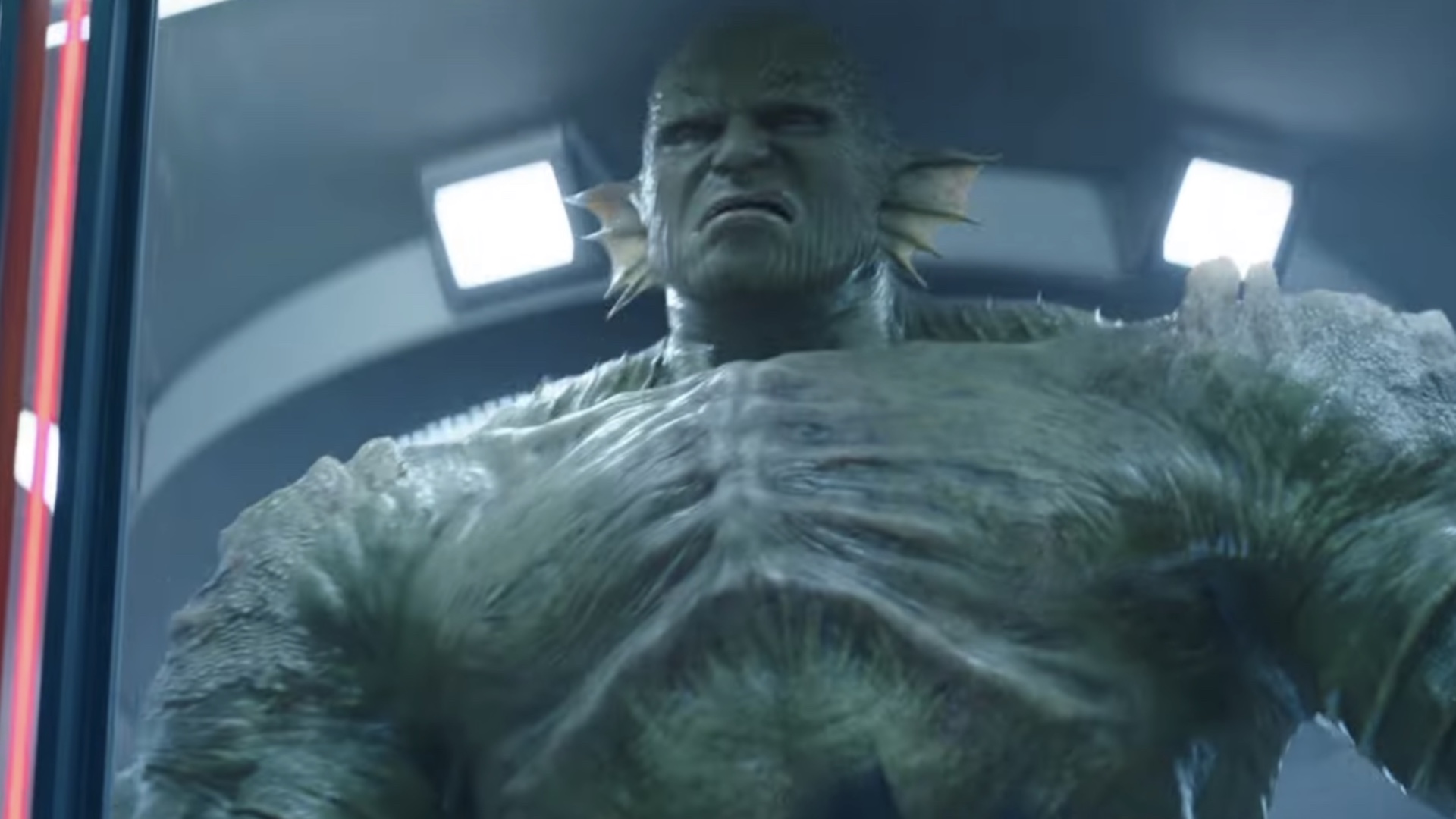
First up, actor Tim Roth appears in the show both as Emil Blonsky and his monstrous alter ego the Abomination. Though his only starring appearance was way back in 2009's The Incredible Hulk (Hulk's lone MCU solo film), the villain had a cameo in Shang-Chi and the Legend of the Ten Rings under somewhat different circumstances than he finds himself in She-Hulk, in which he's paroled from prison under Jennifer Walters' legal supervision.
In comic books, Abomination is one of the Hulk's most iconic enemies, and one of the first Gamma-powered villains to stand toe-to-toe with Hulk's physical strength. Like Hulk, Abomination's incarnations have run the gamut from fiendishly cunning to brutal and monstrous, and he's often been as much a henchman for other villains as he has an Avengers-level threat in his own right.
Interestingly enough, Abomination has formed something of his own Gamma legacy in the Marvel Universe, with his specific transformation later informing the Hulked-out physical appearances of Rick Jones/A-Bomb, a spin-off villain named Teen Abomination, and the hideous mutated form of the villain General Fortean, all of whom share Abomination's scaly, somewhat reptilian features and massive Gamma-powered strength.
Titania
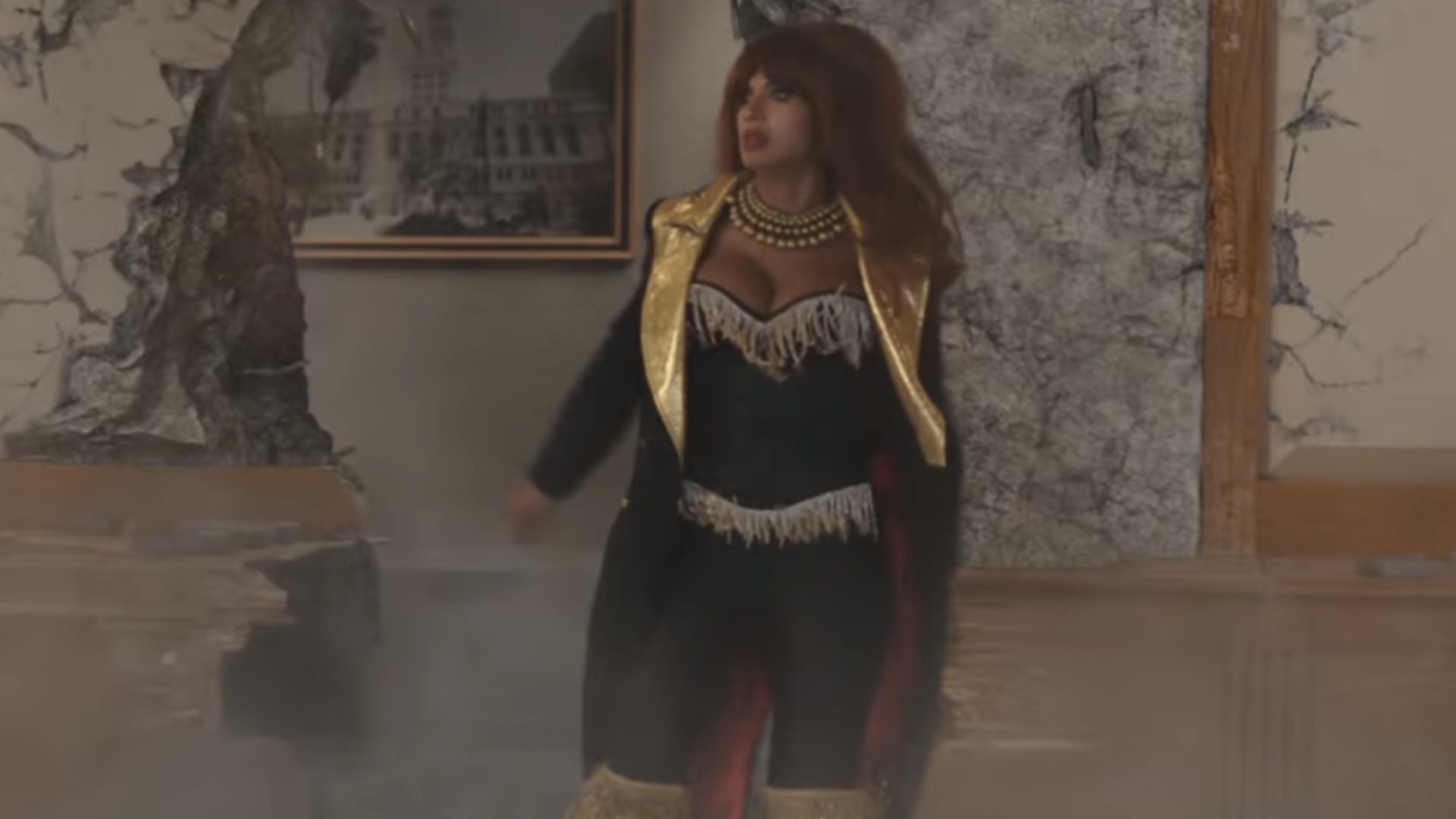
Next up is Titania, played by actor Jameela Jamil. She's a "fashionable influencer" in her MCU incarnation. Titania's MCU debut in She-Hulk has been expected for some time, and appropriately so, as Titania is the closest thing She-Hulk has to her own arch-nemesis - though in the show, she's much more of a somewhat slapstick influencer with superstrength than a full-on supervillain.
Get the best comic news, insights, opinions, analysis and more!
Her biggest fight with She-Hulk came in the courtroom when Jennifer Walters sued her because Titania tried to copyright the name "She-Hulk" for a line of cosmetics.
Created to round out the villain team of 1985's Marvel Super Heroes Secret Wars with a physically powerful woman, Titania got her immense strength from a machine built by Doctor Doom during the events of the crossover. She quickly found a rival in She-Hulk before branching out into other clashes with other Marvel heroes, earning a one-time reputation as the strongest woman in the Marvel Universe, and even getting married to fellow Hulk villain the Absorbing Man.
Most recently, both Titania and Absorbing Man were part of the Hulk-hunting Gamma Flight task force, turning over a semi-heroic new leaf together in pursuit of a somewhat more stable life as a married couple.
Leap-Frog
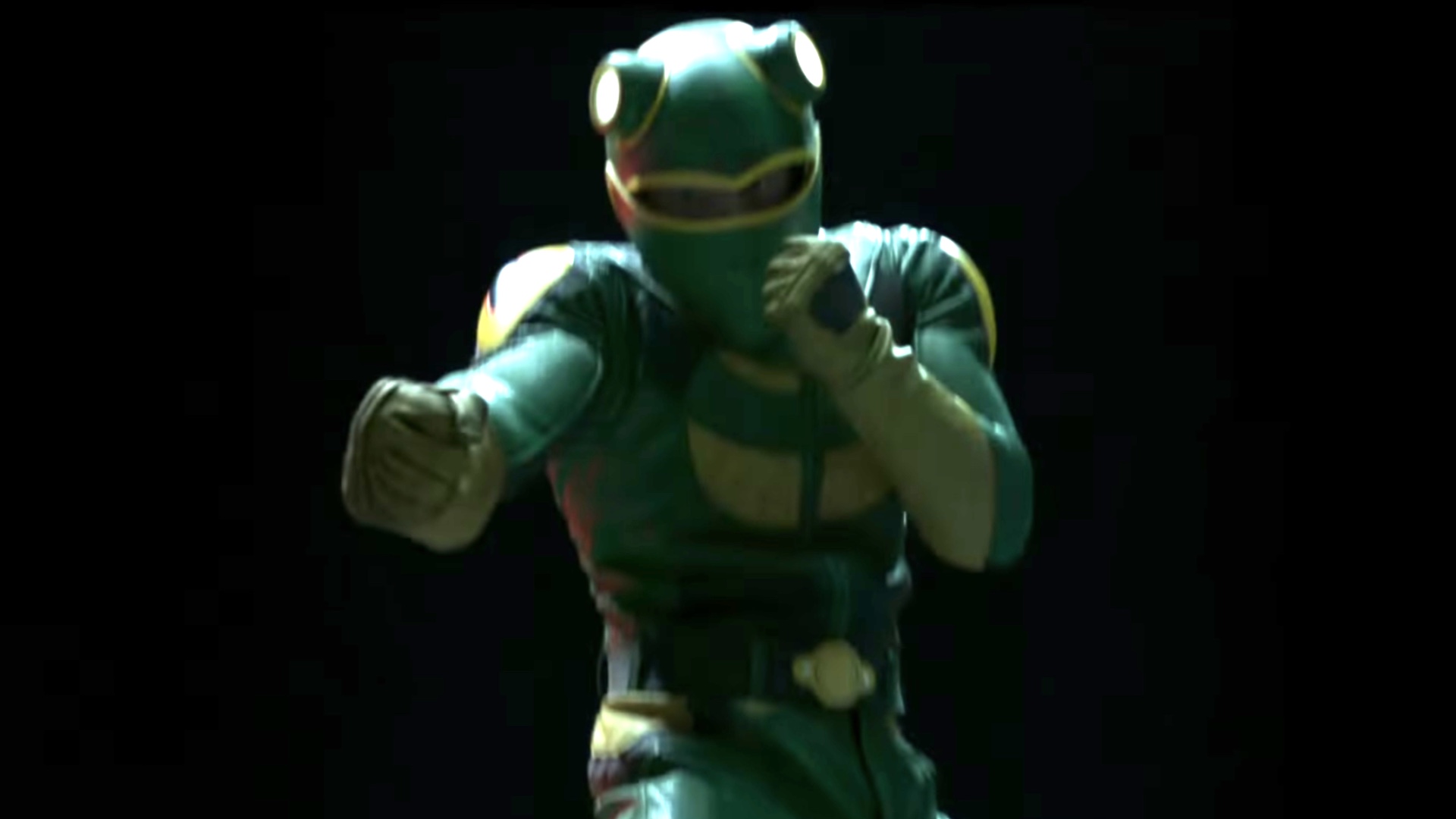
Finally (from the first trailer) there's Leap-Frog, a total surprise who is also a totally obscure weirdo who usually fights heroes such as Spider-Man and Daredevil. Leap-Frog is just barely glimpsed in the She-Hulk trailer, and we don't actually know who's playing him since his mask covers his entire face, and Marvel Studios hasn't released the show's full named credits.
In comic books, Leap-Frog is the villainous alter ego of failed inventor Vincent Patilio, who wears a special suit that allows him to leap up to six stories in one jump. His son, Eugene Patilio, also wore the suit as Leap-Frog after his father's retirement, eventually turning over a new leaf (new lily pad?) under the name Frogman and joining the now-defunct Avengers Initiative program as a superhero in training.
Leap-Frog/Frogman's appearance in She-Hulk may simply come down to Marvel Studios wanting a fun, funky minor league villain who fits the tone of the show for an episode. Considering he's mostly associated with Daredevil, it's hard not to speculate whether his appearance will connect to Daredevil's cameo in the show.
Speaking of which...
El Aguila
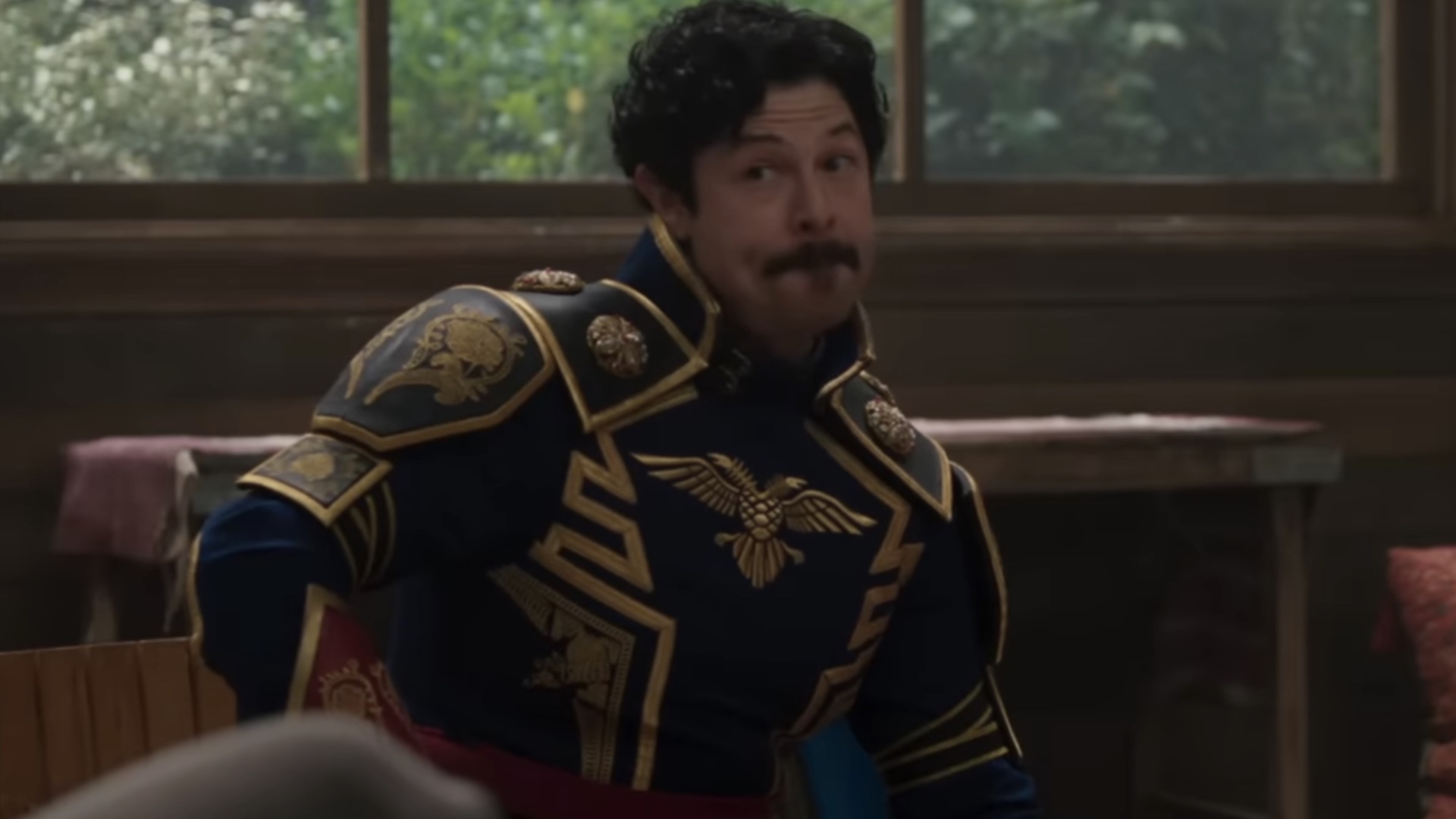
Though the character seen in She-Hulk episode 7 looks a lot like the Matador - and there are even jokes in the episode about his resemblance to the concept of a matador, including his fights with Man-Bull. But he's actually an adaptation of the character El Aguila, a Spanish mutant with bio-electricity powers (as seen in the episode) who was a recurring adversary of Luke Cage and Iron Fist in their Heroes for Hire days.
El Aguila was one of many nationalized superheroes created in the lead-up to the 1980 Contest of Champions limited series in which numerous heroes from around the Marvel Universe were assembled to fight in a cosmic tournament.
Despite being an opponent of Luke Cage and Iron Fist at first, El Aguila eventually became an ally to the pair, even working alongside them to rescue Misty Knight, one of the so-called Daughters of the Dragon.
Man-Bull
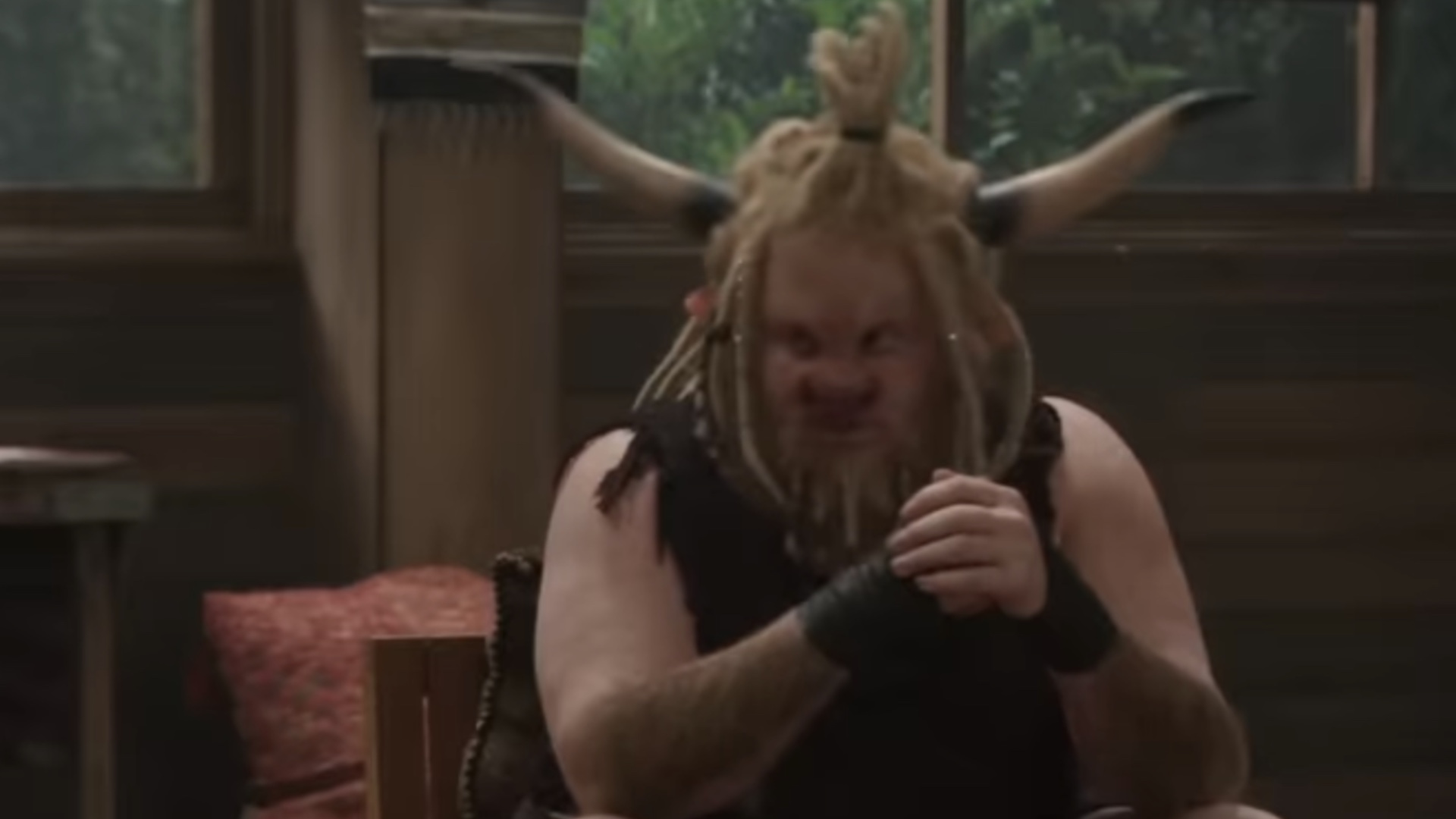
And then there's the Man-Bull, a '70s Daredevil villain who is - as his name implies - part man, part bull, like a Minotaur. And just like in the episode, his origin involves an experiment gone wrong.
Aptly named William Taurens (like the zodiac sign Taurus the bull), Man-Bull was originally a kidnapper working for a mad scientist who turned people into animals until the scientist forced him to undergo the procedure himself, turning him into Man-Bull.
As you might guess by their thematic connection, Man-Bull and the Matador have occasionally partnered up over the years, with that relationship slightly adapted to his friendship with El Aguila in She-Hulk.
The Magician
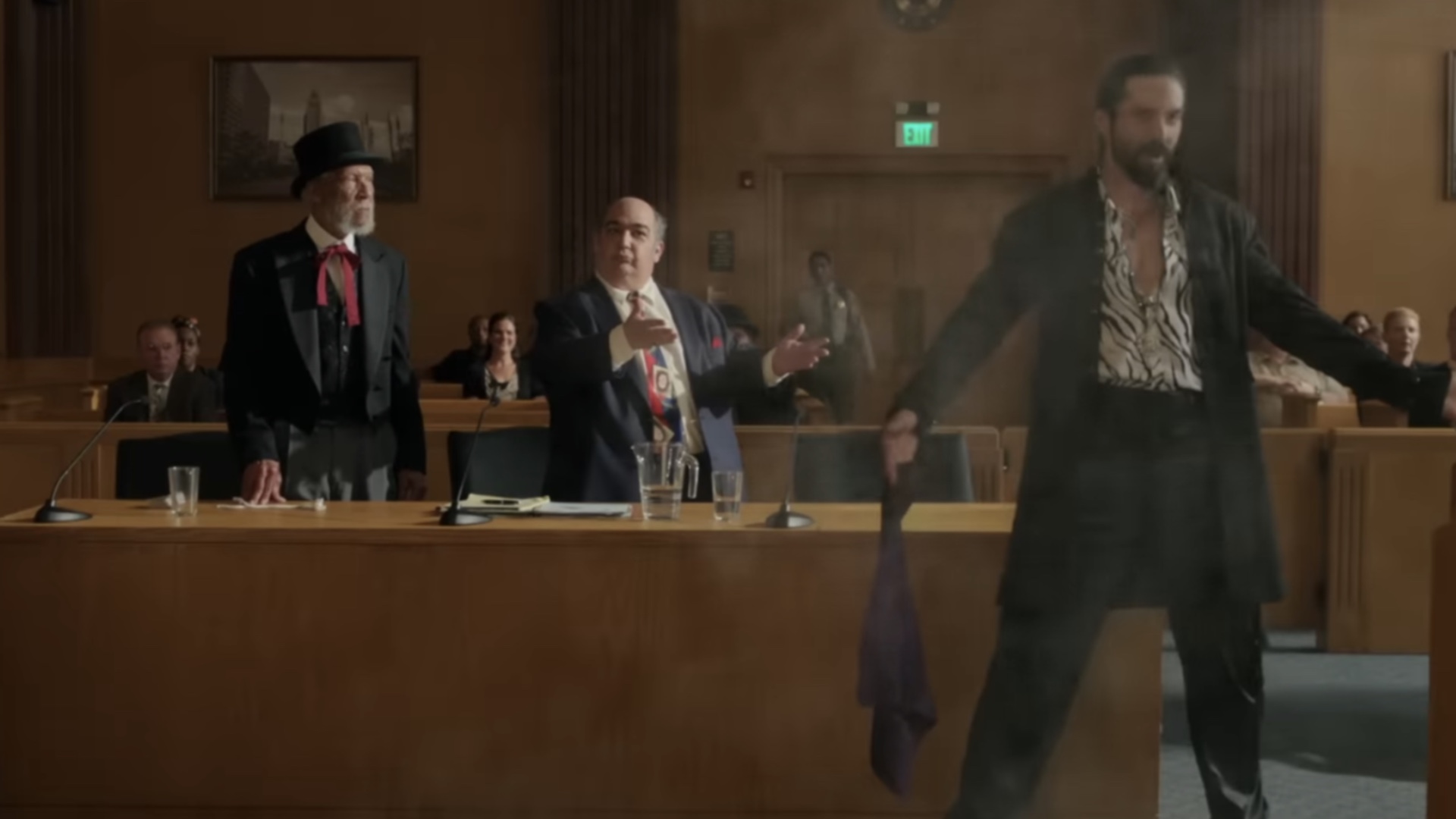
This is a bit of a cheat, as She-Hulk actually features two different characters named the Magician - who, in comic books, are father and son.
In She-Hulk, they are very loosely adapted into cut-rate Hollywood stage magicians including the oddly-named Donny Blaze (the original Ghost Rider is named Johnny Blaze), who has a minor genuine magical ability to open portals to other dimensions ala Wong, Doctor Strange, and as of Spider-Man: No Way Home, Ned.
The original Magician (the elderly man on the left) was a comic book enemy of Hank Pym in the years he was operating as Giant-Man alongside Janet Van Dyne/the Wasp. It's fitting then that the original Magician seems to match the MCU Hank Pym's age as a secret superhero of the Cold War era.
Then there's his son, who got his powers from the Power Broker, taking on Pym's successor Scott Lang and Lang's daughter Cassie, who was at the time operating as the superhero Stinger.
The Wrecking Crew
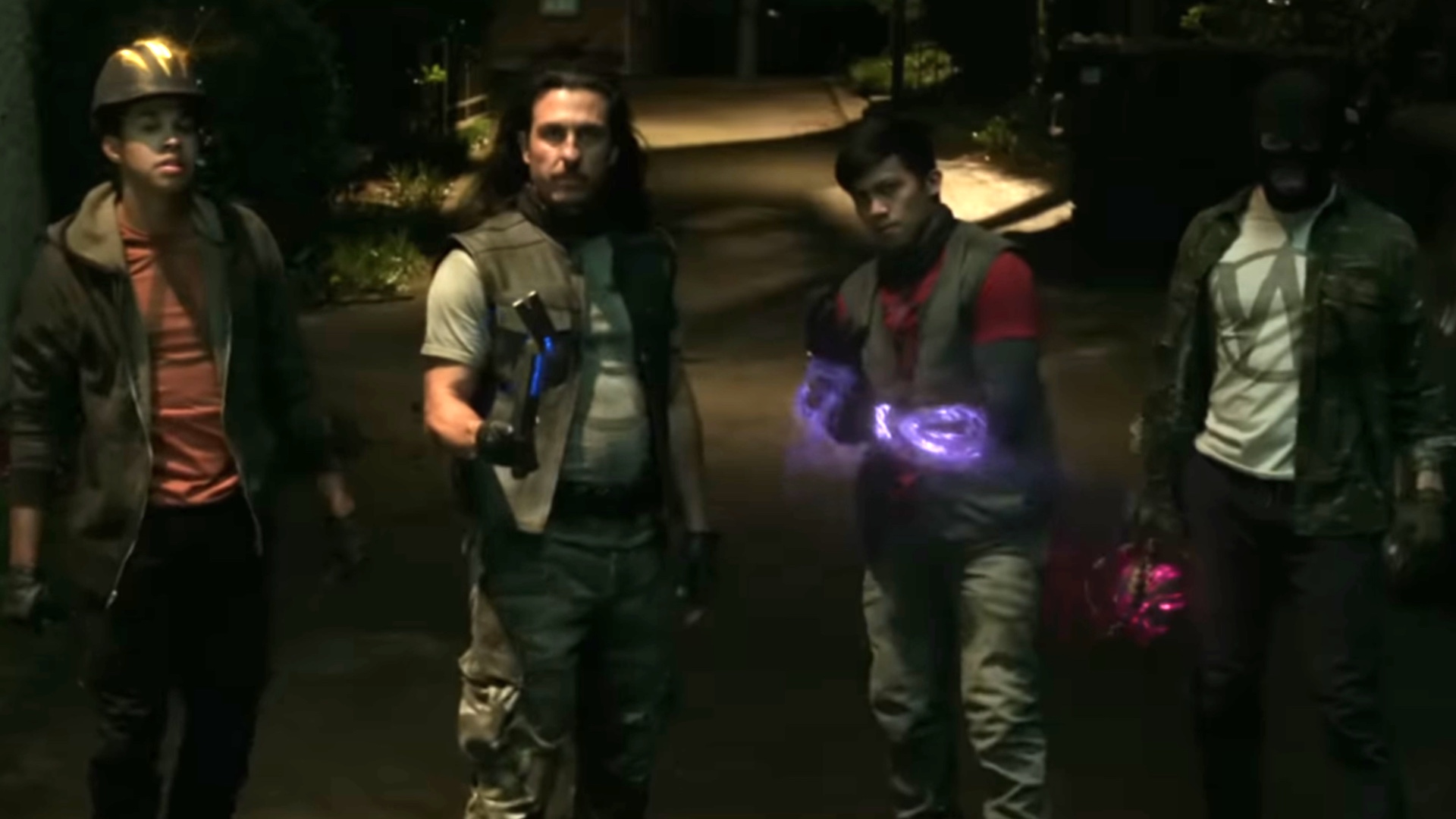
If the Magician offered a twofer of lesser-known Marvel villains, the Wrecking Crew is the four-for-one deal of a lifetime, bringing in all four members of the Asgardian-empowered B-list villain team to take She-Hulk on. Wrecker himself, the Crew's leader, returns in She-Hulk episode 7 as one of the support group members.
Led by the Wrecker, who got his powers from Loki after overpowering the Asgardian god just through the power of being a huge jerk. Loki enlisted the Wrecker to take on Thor, empowering him with a magic crowbar.
Wrecker then built up a gang who were also empowered by Asgardian magic, consisting of (from left to right in the screenshot above) Bulldozer who has a magic helmet, the Wrecker with his magic crowbar, Piledriver with magical gauntlets, and finally Thunderball who carries a magical wrecking ball.
The Porcupine
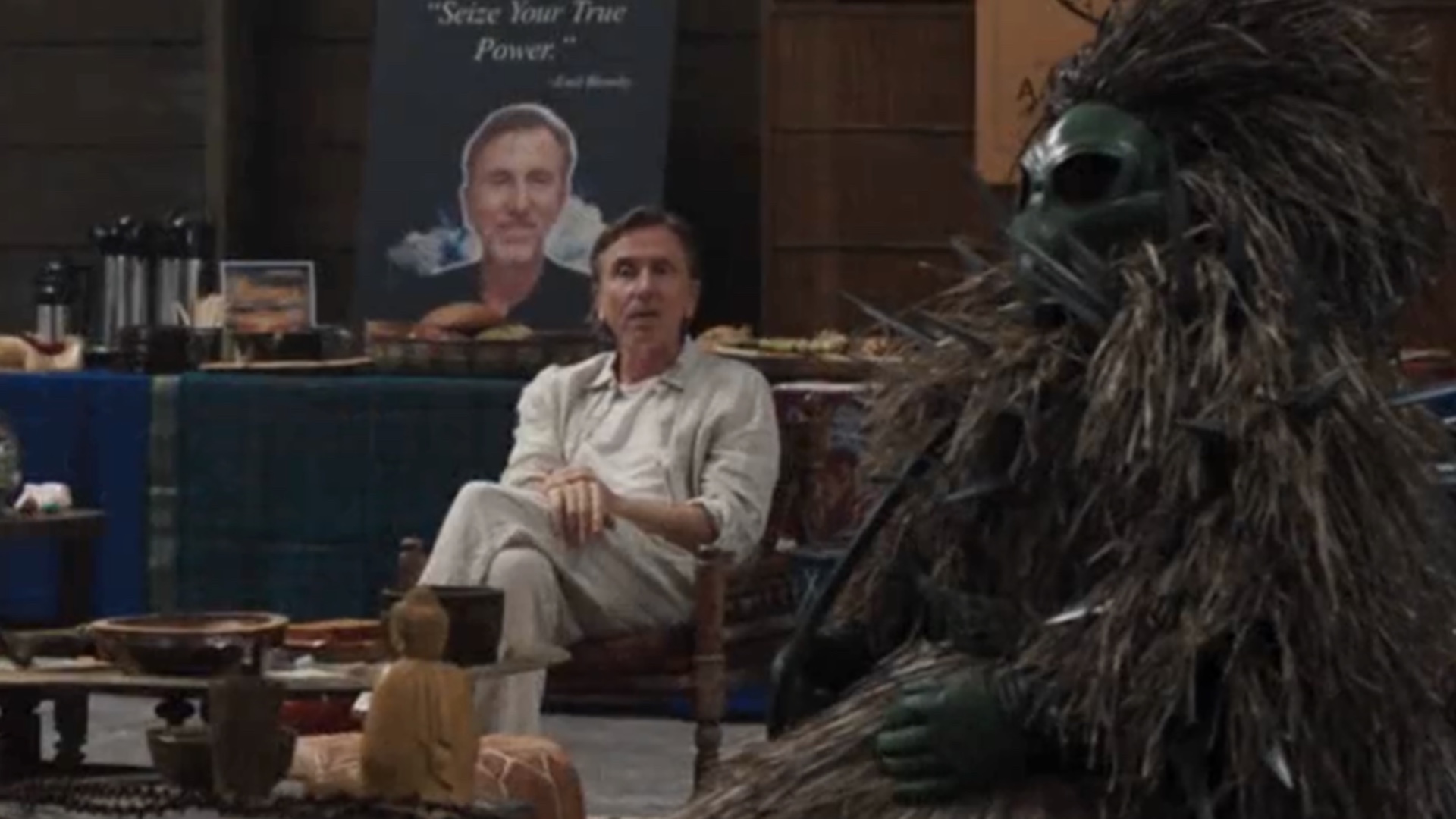
Then there's the Porcupine, the rather severe-looking fellow all covered in spikes just like his namesake, as seen above. In Marvel Comics, the identity of the Porcupine has been used by several villains over the years, who have collectively fought Ant-Man, the X-Men, the Defenders, and the Avengers.
As you might guess by his look in both the MCU and in comics, Porcupine's powers generally consist of his suit of nearly impenetrable weaponized quills, which also often incorporates other weapons such as gas pellets, flamethrowers, and more.
The various incarnations of the Porcupine have often teamed up with other villains, including Count Nefaria, Batroc, the Zodiac, Hobgoblin, and even Doctor Doom. Oddly enough, the second Porcupine, Roger Gocking, eventually reformed as a hero, joining the Thunderbolts and even partnering up with Jessica Drew, the second Spider-Woman, as her baby's bodyguard.
She-Hulk airs Thursdays on Disney Plus.
Spoiler warning, but the Matador, Man-Bull, Abomination, Titania, the Porcupine, and Leap-Frog are NOT among the best Marvel supervillains of all time.
I've been Newsarama's resident Marvel Comics expert and general comic book historian since 2011. I've also been the on-site reporter at most major comic conventions such as Comic-Con International: San Diego, New York Comic Con, and C2E2. Outside of comic journalism, I am the artist of many weird pictures, and the guitarist of many heavy riffs. (They/Them)
